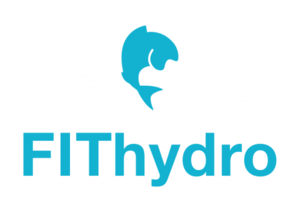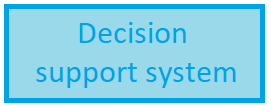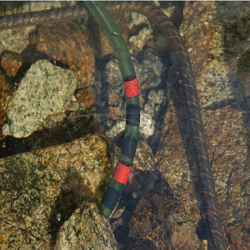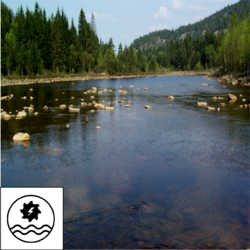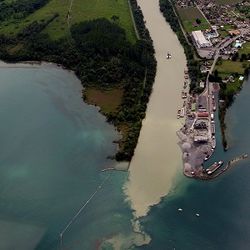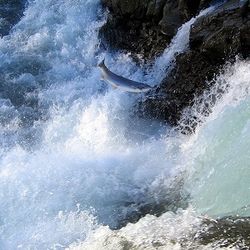Difference between revisions of "Main Page"
Bendikhansen (talk | contribs) |
Bendikhansen (talk | contribs) |
||
| Line 29: | Line 29: | ||
<font size=3 line-height=10><gallery widths=250px heights=250px> | <font size=3 line-height=10><gallery widths=250px heights=250px> | ||
| − | shelter_tube_300.png|link=[[Habitat]]|<categorytree mode="pages" depth=0 namespaces="Main Category">Habitat measures</categorytree> | + | shelter_tube_300.png|link=[[Habitat]]|<categorytree mode="pages" depth=0 namespaces="Main Category">Habitat measures</categorytree> source bla bla |
E-flow_square.png|link=[[Environmental flow]]|<categorytree mode="pages" depth=0 namespaces="Main Category">Environmental flow measures</categorytree> | E-flow_square.png|link=[[Environmental flow]]|<categorytree mode="pages" depth=0 namespaces="Main Category">Environmental flow measures</categorytree> | ||
sediments_300.jpg||link=[[Sediments]]|<categorytree mode="pages" depth=0 namespaces="Main Category">Sediment measures</categorytree> | sediments_300.jpg||link=[[Sediments]]|<categorytree mode="pages" depth=0 namespaces="Main Category">Sediment measures</categorytree> | ||
Revision as of 09:04, 7 October 2019
Contents
Hydropower and fish: challenges
Hydropower is a very site-specific technology developed where the topography and hydrology are favourable. All hydropower plants require construction of a dam or weir, generally obstructing fish movements. Habitat are altered by imposed changes in flow and/or sediment transport and the set of impacts can be inter-related. The magnitude of the changes in flow is to a large degree determined by the size of the reservoir, making it possible to store water from period of abundant resources to periods of lower inflow. Biology and composition of the fish population is, however, unique to each site. As such, the environmental problems and the related measures are also very specific to each location, posing challenges to presenting generic measures viable to all possible sites, and often the solution will be a combination of measures.
In general, hydropower impacts on fish can be described as:
- direct impacts,
- impacts on movements and
- impacts on habitat
The direct impacts could be mortality or injury caused by turbine passage or flushing of sediments, while building a dam will introduce challenges with respect to upstream and downstream migration (impacts on movements). Changes in the natural flow and sediment regime will change the habitat condition, both in the short and long-time horizon.
Decision Support System (DSS)
In order to identify the risks, impacts, and appropriate mitigation measures, a decision support system has been (will be) developed.
What is FIThydrowiki and how do I use it?
This wiki was created to help users implement the appropriate mitigation measures for environmental problems caused by hydropower production. The mitigation measures are classified according to various parameters, such as appropriate climatic regions, which species they are aimed at, which physical condition they address, etc. Each measure has a suggested procedure with recommended methods, tools, and devices for different stages of the implementation.
Categories of mitigation measures
Click the image to go to the main article for each category. The mitigation measures for each category are listed in the drop-down menus, as well as in the main articles.
- source bla bla
- Salmon smolt 300.jpg

